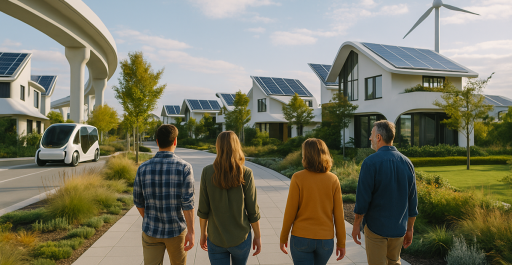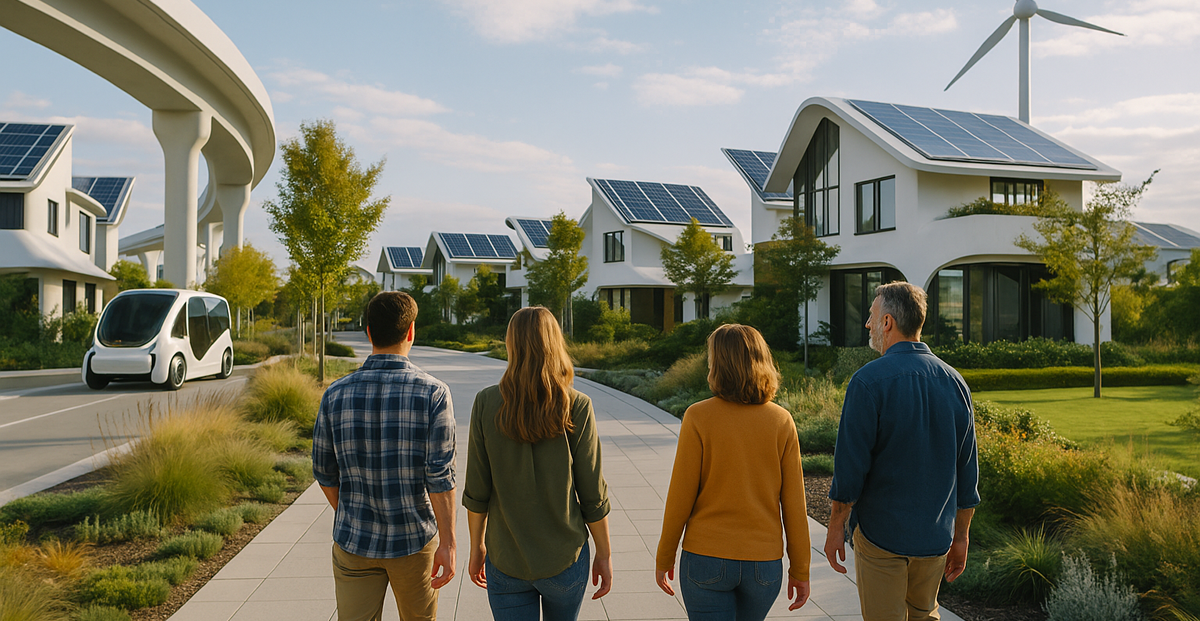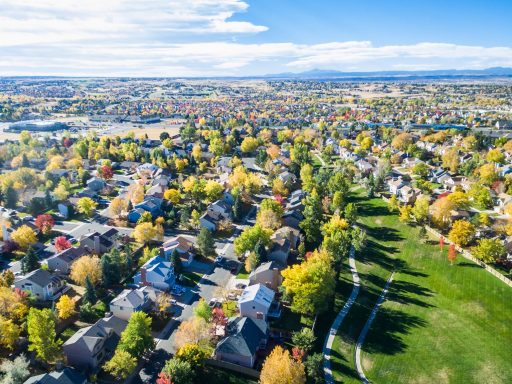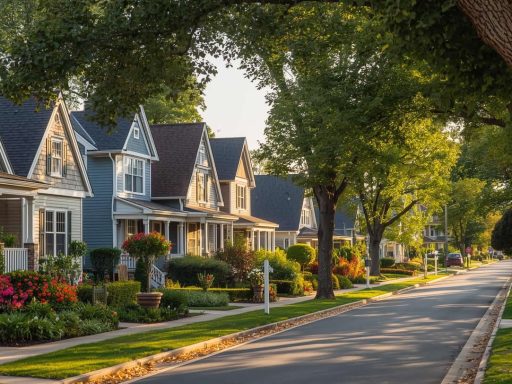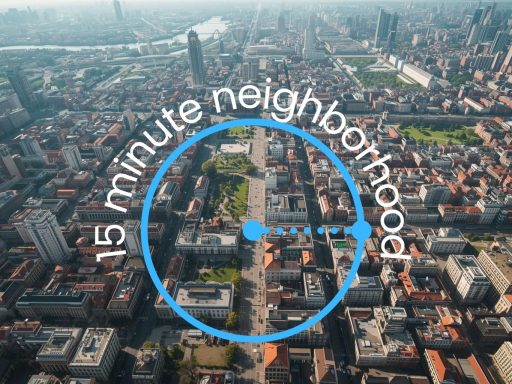Changing the Way We Think About Neighborhoods
The way we choose where to live is constantly evolving. Lifestyle preferences, economic shifts, and new technologies are all reshaping what makes a neighborhood desirable. As buyers and renters become more informed and selective, certain trends are emerging that will define the neighborhoods of the future. Understanding these trends can help homebuyers make smarter decisions, real estate agents offer better guidance, and investors spot areas with strong growth potential.
The Rise of Walkable Communities
Walkability is becoming a key factor in neighborhood desirability. More people, especially younger buyers, value the ability to walk to restaurants, parks, stores, and transit stops rather than relying solely on cars. Over the next five years, expect to see growing demand for neighborhoods with high walkability scores. Areas investing in pedestrian-friendly infrastructure, bike lanes, and mixed-use developments are likely to attract more interest and command higher property values.
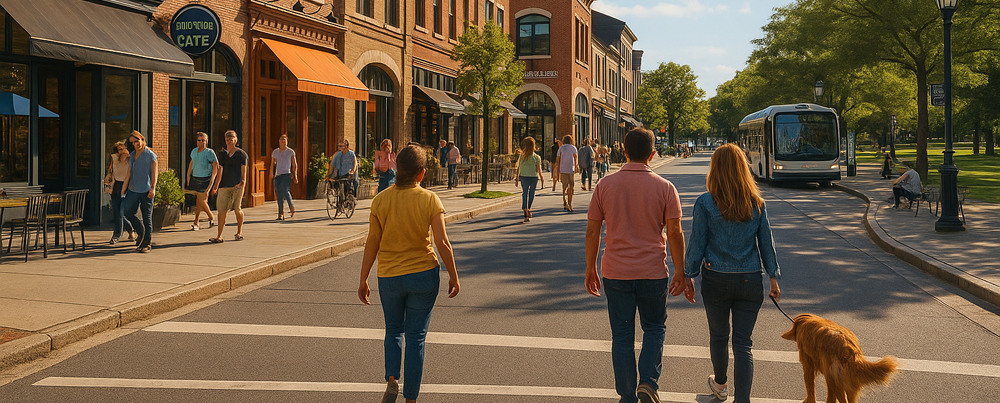
A Stronger Focus on Safety
Safety has always mattered, but access to hyperlocal data is making it easier for buyers to compare neighborhoods at a street level. Neighborhoods that demonstrate decreasing crime rates, active community policing, and visible safety measures will continue to rise in demand. Over time, areas that invest in public safety and community programs will see both livability and home values improve.
The Remote Work Effect
Remote work has reshaped where people choose to live. With fewer people tied to daily commutes, many are seeking homes in suburban or semi-rural neighborhoods that offer more space and affordability. At the same time, they still want access to urban amenities and reliable internet. Over the next five years, expect to see continued growth in neighborhoods that balance a quieter environment with strong connectivity and convenience.
Green Spaces and Outdoor Living
Access to nature is no longer a luxury—it’s a priority. Parks, trails, and open spaces are high on buyers’ wish lists, especially after recent years when outdoor areas became essential for recreation and socializing. Neighborhoods with plentiful green spaces and well-maintained recreational areas are positioned to thrive. This trend also ties into overall health and wellness, as buyers seek communities that encourage an active, outdoor lifestyle.
Technology and Smart Infrastructure
Technology is quietly transforming neighborhoods. From smart street lighting and energy-efficient public buildings to neighborhood-level Wi-Fi and electric vehicle charging stations, these innovations improve daily life and attract forward-thinking buyers. In the next five years, neighborhoods adopting smart technologies and sustainable infrastructure will stand out in competitive markets.
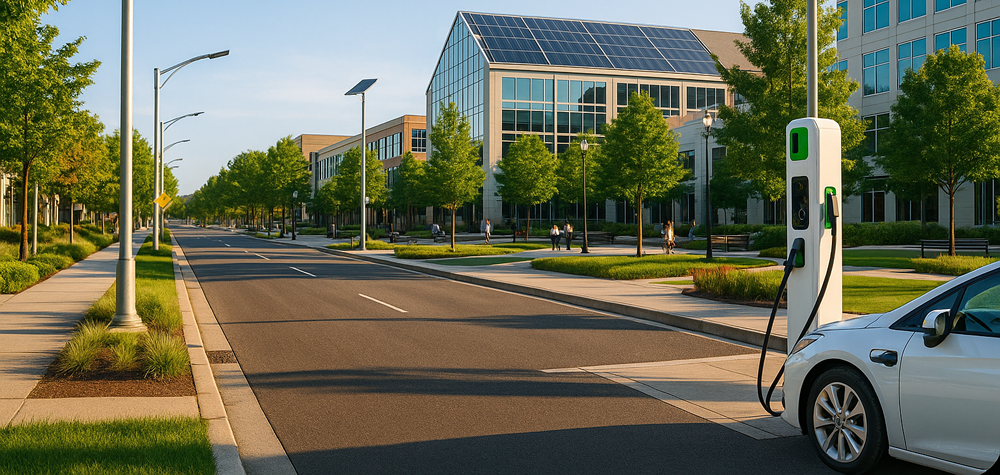
The Growing Importance of Community Vibe
Beyond statistics, buyers are paying attention to the atmosphere of a neighborhood. Is it family-friendly, artistic, upscale, or vibrant with nightlife? Social media and neighborhood-focused apps allow people to get a sense of the community vibe before they even visit. Areas that successfully foster a strong sense of identity—through events, local businesses, and cultural offerings—will continue to appeal to a wide range of residents.
Shifts in Demographics and Diversity
Neighborhoods are becoming increasingly diverse, and buyers are viewing diversity as a positive factor. Communities that welcome residents of different backgrounds often offer richer cultural experiences, more varied dining and entertainment, and a stronger sense of inclusion. Over the next five years, this trend toward diversity will influence where people want to live and invest.
Sustainable Development and Eco-Friendly Living
Environmental awareness is influencing neighborhood development. Buyers are starting to favor communities that promote eco-friendly practices, including green building standards, renewable energy, and sustainable public spaces. As climate concerns continue to grow, expect neighborhoods with a clear commitment to sustainability to gain popularity and retain value.
Access to Quality Schools and Services
Quality schools, healthcare, and public services remain cornerstones of neighborhood appeal. Over time, communities that invest in these services will not only attract families but also see steady property values. As competition among neighborhoods increases, those that maintain strong educational and health resources will remain top choices.
What This Means for Buyers, Agents, and Investors
For homebuyers, these trends highlight the importance of looking beyond the home itself and focusing on the bigger picture of neighborhood livability. For agents, understanding and communicating these trends builds trust with clients and positions them as knowledgeable advisors. Investors can use these insights to target areas poised for growth and long-term returns.
The next five years will bring exciting changes to the way neighborhoods are built, maintained, and experienced. By paying attention to these evolving trends, you can make smarter decisions that align with both your lifestyle and financial goals. Whether you’re buying your first home, guiding clients, or expanding a portfolio, the right neighborhood will always be the foundation for success.

